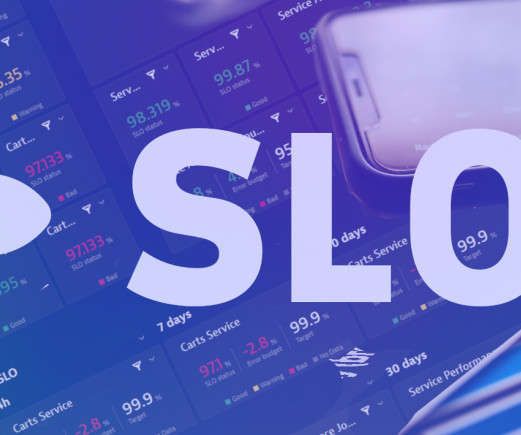Implementing service-level objectives to improve software quality
Dynatrace
DECEMBER 27, 2022
SLOs enable DevOps teams to predict problems before they occur and especially before they affect customer experience. According to Google’s SRE handbook , best practices, there are “ Four Golden Signals ” we can convert into four SLOs for services: reliability, latency, availability, and saturation.











Let's personalize your content